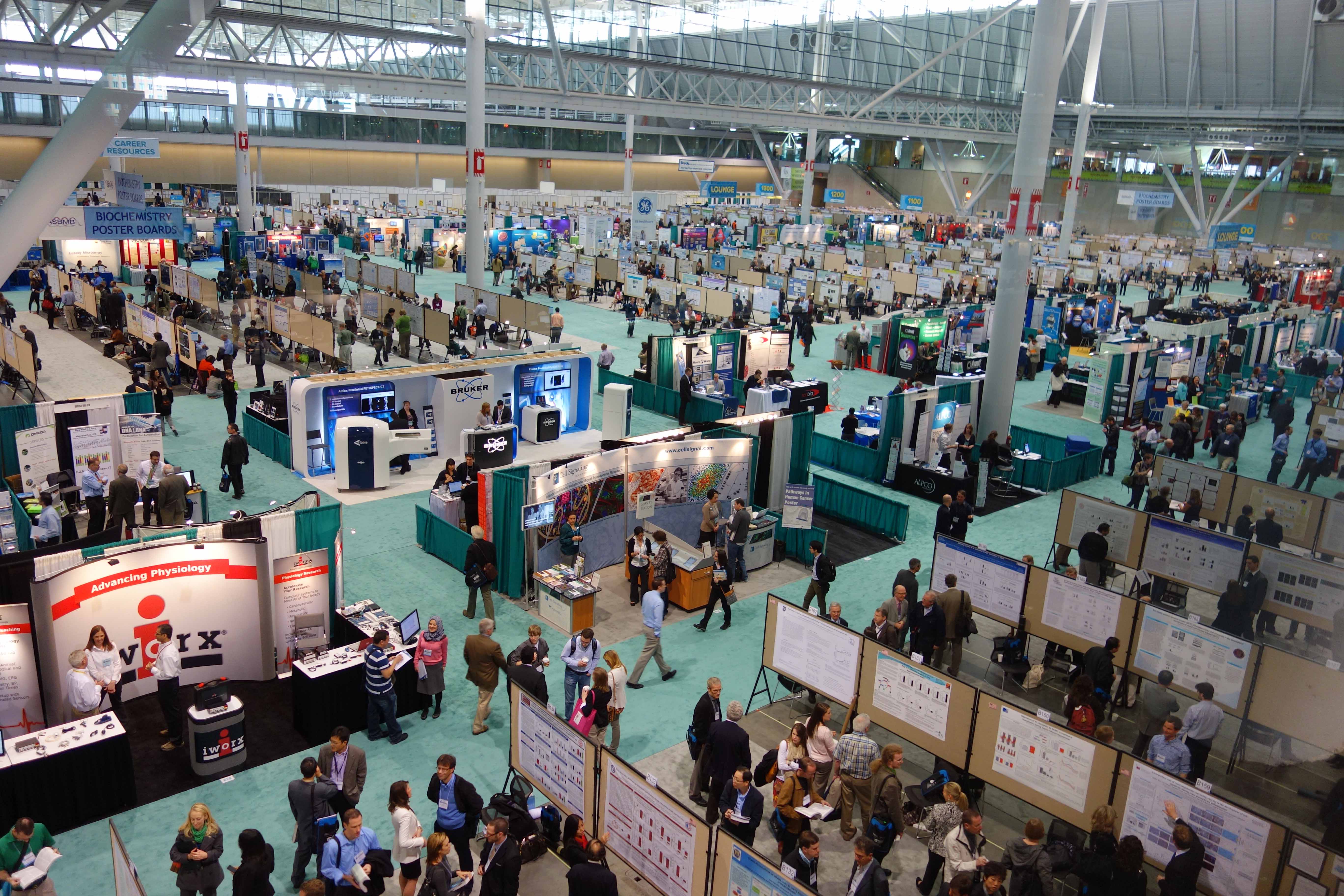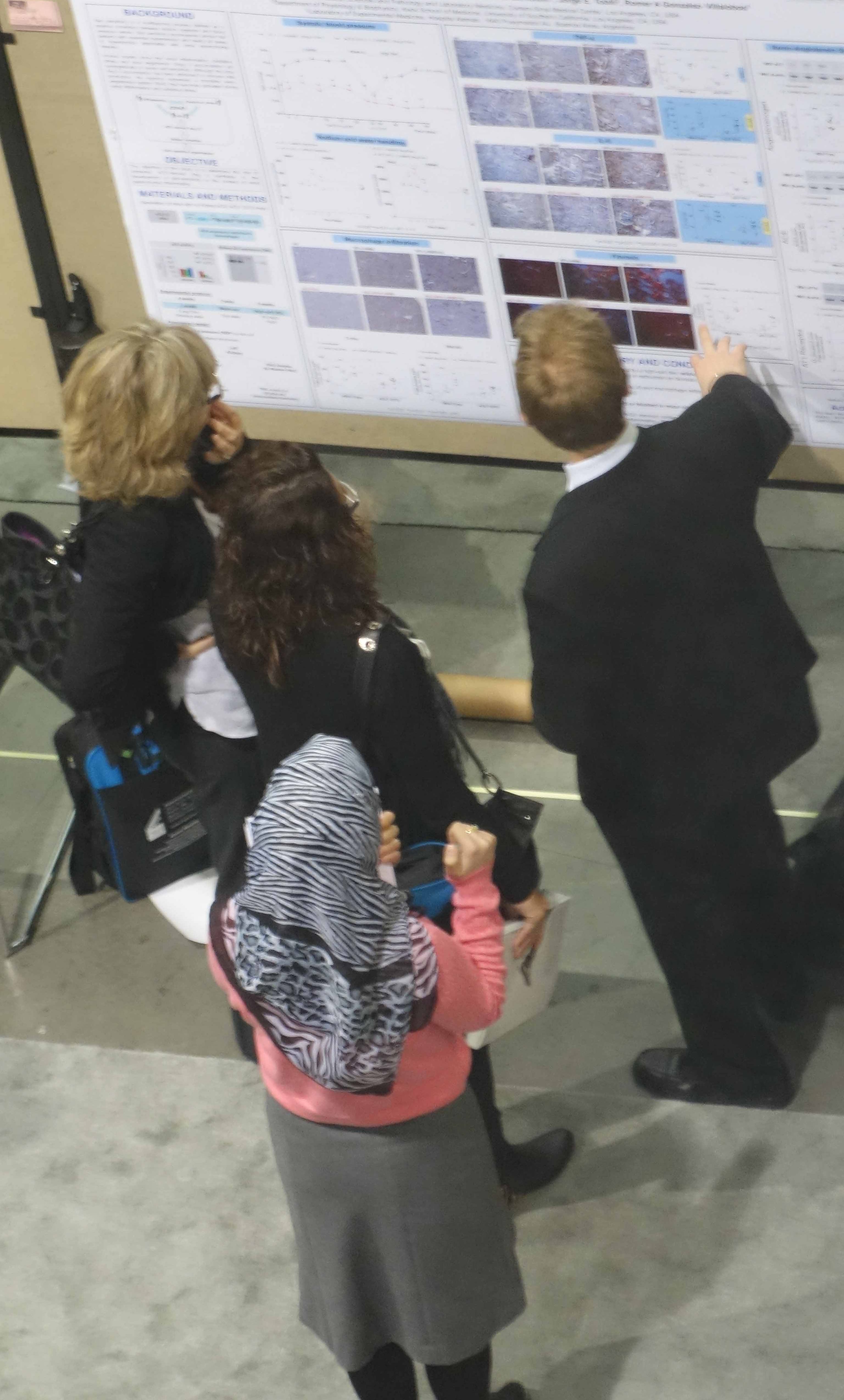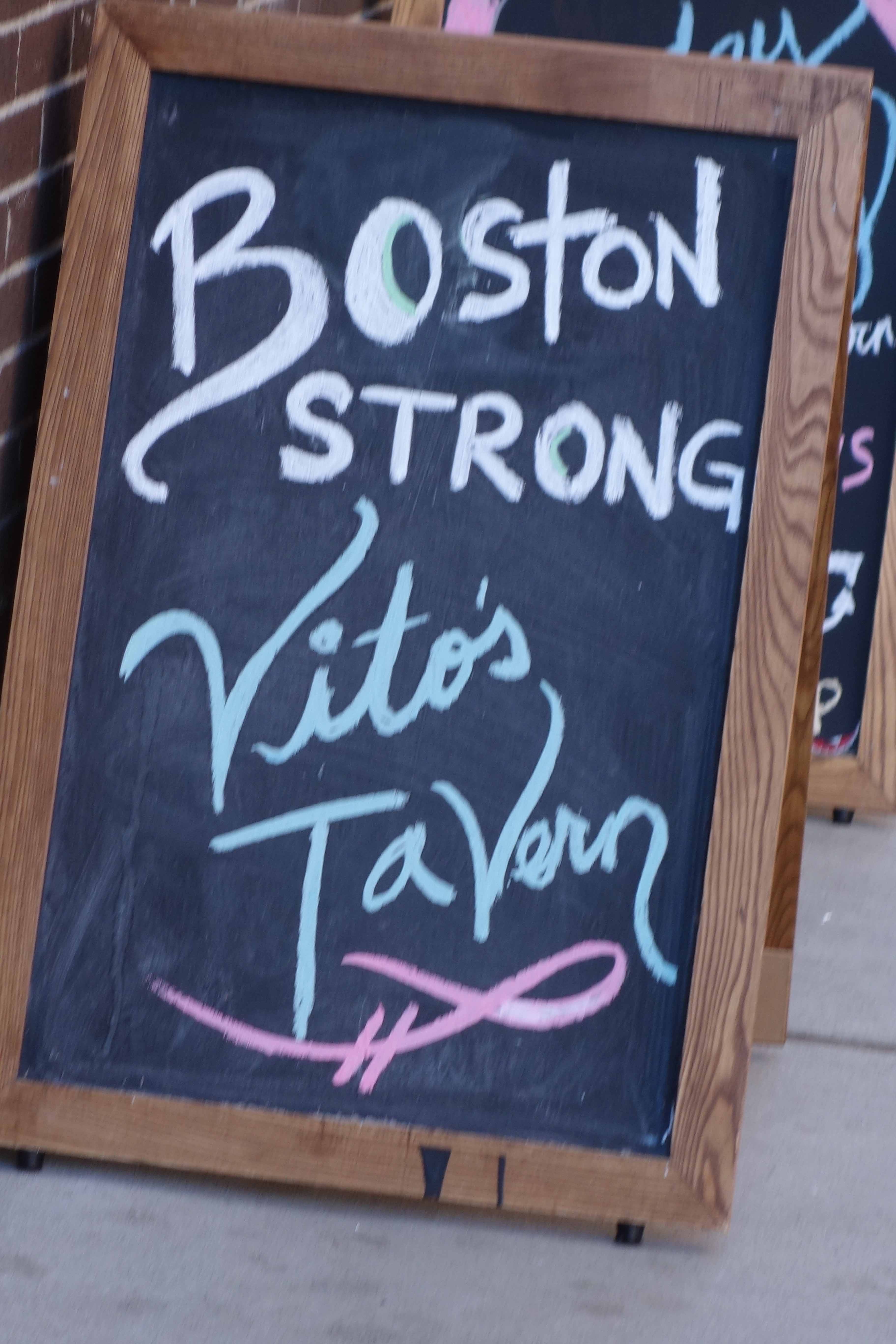On Boylston Street
(First published on BrainFacts.org )
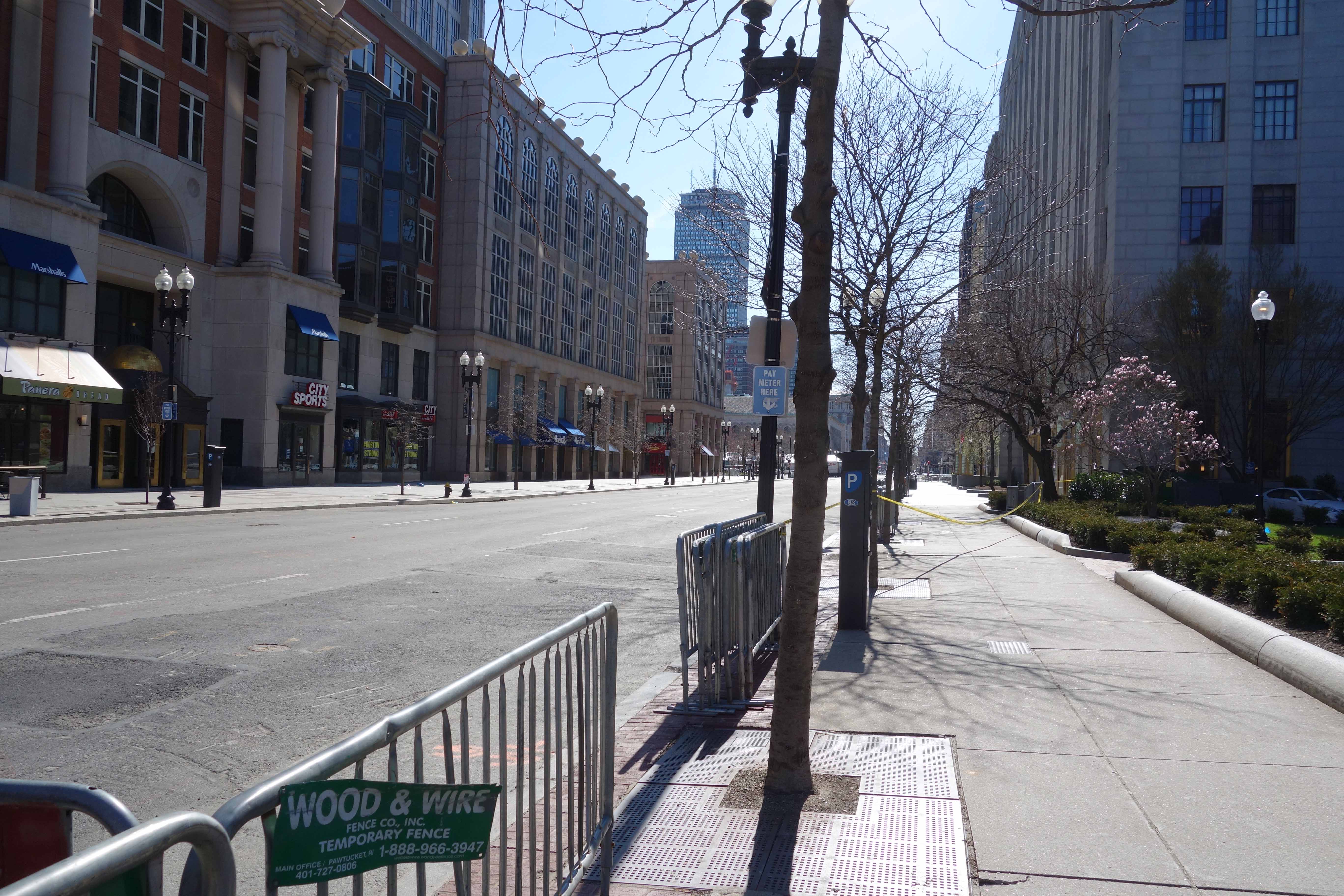 The last time I was on Boylston Street it was to give a lecture in November at a scientific meeting in the Weston Hotel. Today, Sunday, I’m looking out onto an empty street, barricaded. An eerie modern-day ghost town festooned with yellow police tape rippling in the cold Boston wind. I look across an enormous pile of fresh-cut flowers, teddy bears, helium balloons, baseball caps, candles, and hand-written notes. American flags spout from the mound like brilliant poppies. Grief, still raw, is slipping away, drifting as if carried helplessly on a current, and transforming into something else. Defiance, but shaken with bewilderment.
The last time I was on Boylston Street it was to give a lecture in November at a scientific meeting in the Weston Hotel. Today, Sunday, I’m looking out onto an empty street, barricaded. An eerie modern-day ghost town festooned with yellow police tape rippling in the cold Boston wind. I look across an enormous pile of fresh-cut flowers, teddy bears, helium balloons, baseball caps, candles, and hand-written notes. American flags spout from the mound like brilliant poppies. Grief, still raw, is slipping away, drifting as if carried helplessly on a current, and transforming into something else. Defiance, but shaken with bewilderment. 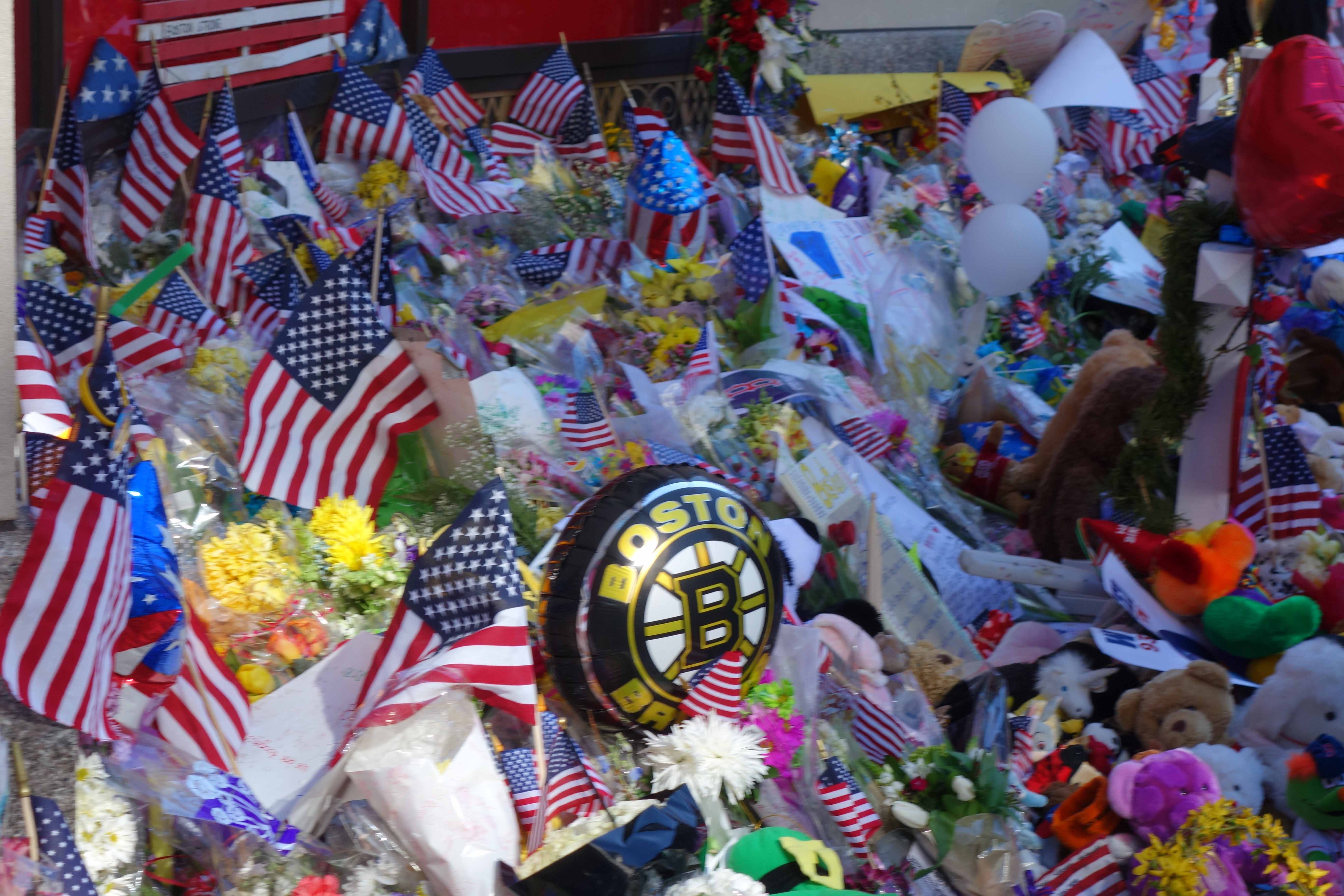 Tourists gather now, out of sorrow and the need to understand. “Do we have anything to give?” a woman asks her companion desperately. “Do we have anything to give?” she repeats, and turns back to survey the makeshift shrine empty handed. It must have begun with a single bouquet. Now it has grown into a mountain.
Tourists gather now, out of sorrow and the need to understand. “Do we have anything to give?” a woman asks her companion desperately. “Do we have anything to give?” she repeats, and turns back to survey the makeshift shrine empty handed. It must have begun with a single bouquet. Now it has grown into a mountain.
Many tendrils of this tragedy penetrate neuroscience: PTSD, grief, fear, chronic pain, body language conveyed in photographs, neural rehabilitation, phantom limb sensation, prosthetic devices, memory formation and forgetting. Several speakers at the Experimental Biology meeting this week made reference to the heartbreaking disaster in sharing their new scientific research with colleagues and students assembled in Boston, but underlying everything we all ask the same question. It is the question uttered by President Obama in disbelief, “Why did young men who grew up and studied here as part of our communities and our country, resort to such violence?” How does a teenager riding a skateboard and attending college classes suddenly become a violent mass murder of innocents, committing heartlessly cruel and depraved violence toward fellow citizens, innocent children, families, and others who intersected their sphere only momentarily through fleeting chance?
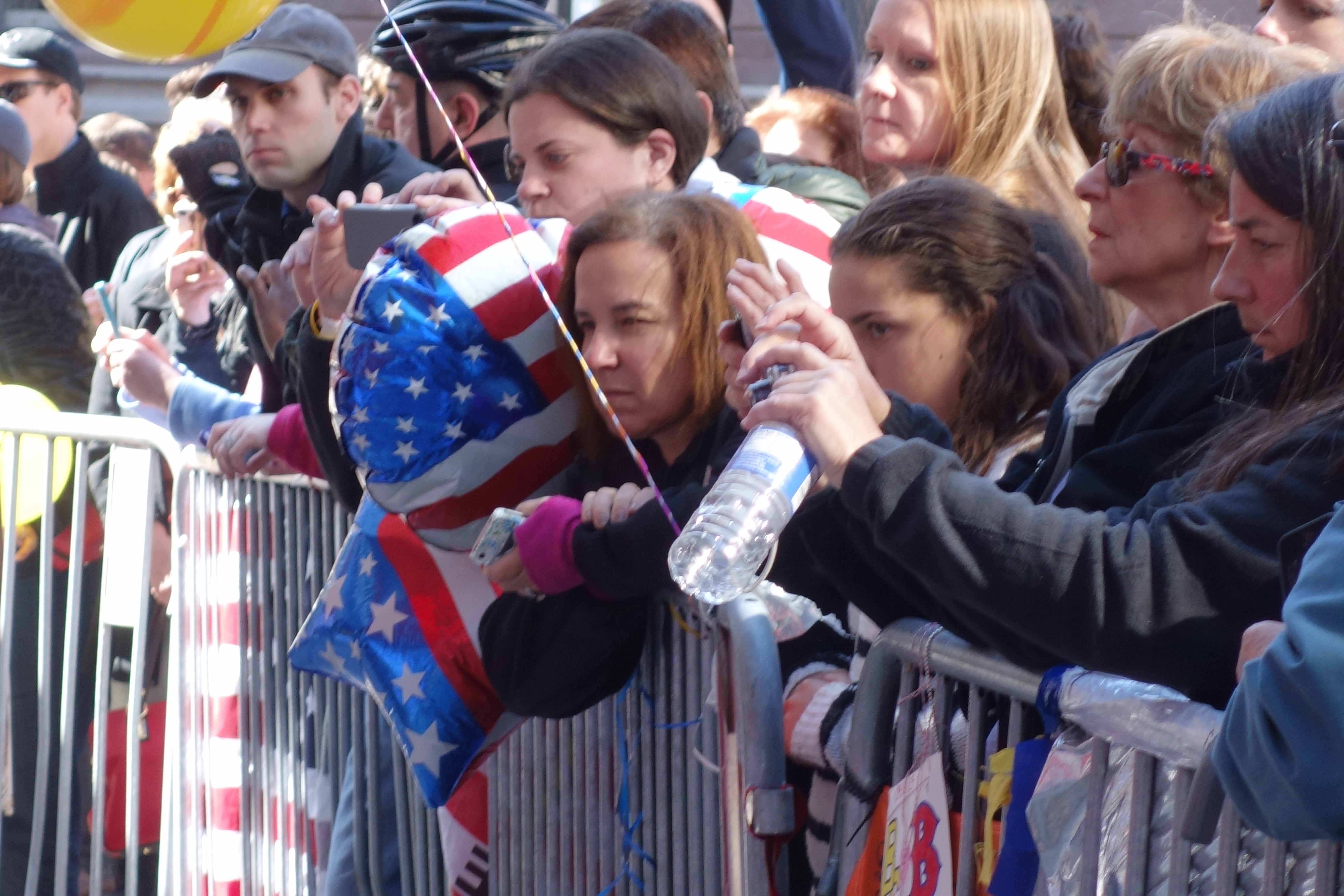 Can we unearth the root of this and so many other similar atrocities by tracking the tangled vines of politics? People often share political views and goals but few could conceive or accept violence. Politics change. Look instead to neuroscience for insight. All behavior is the product of the brain. It is the challenge of neuroscience to understand the human brain and how it develops in every person to make each one of us unique and develop into a productive member of society or an outcast.
Can we unearth the root of this and so many other similar atrocities by tracking the tangled vines of politics? People often share political views and goals but few could conceive or accept violence. Politics change. Look instead to neuroscience for insight. All behavior is the product of the brain. It is the challenge of neuroscience to understand the human brain and how it develops in every person to make each one of us unique and develop into a productive member of society or an outcast.
No one imagines their newborn infant growing into a violent gang member, but in certain environments the draw becomes overwhelming. Many adolescents and young adults are unable to resist despite all parental and societal efforts to prevent it. Regardless of the violence and almost certain tragic outcome of gang association, many join gangs and become criminals at a young age. It would appear from what we know at present that the families of these two brothers acted selflessly to protect their children from growing up in a hostile environment, uprooting themselves from their homeland and fleeing half way around the world to seek a better life for their family. But their efforts failed horribly. We need to understand what went wrong.
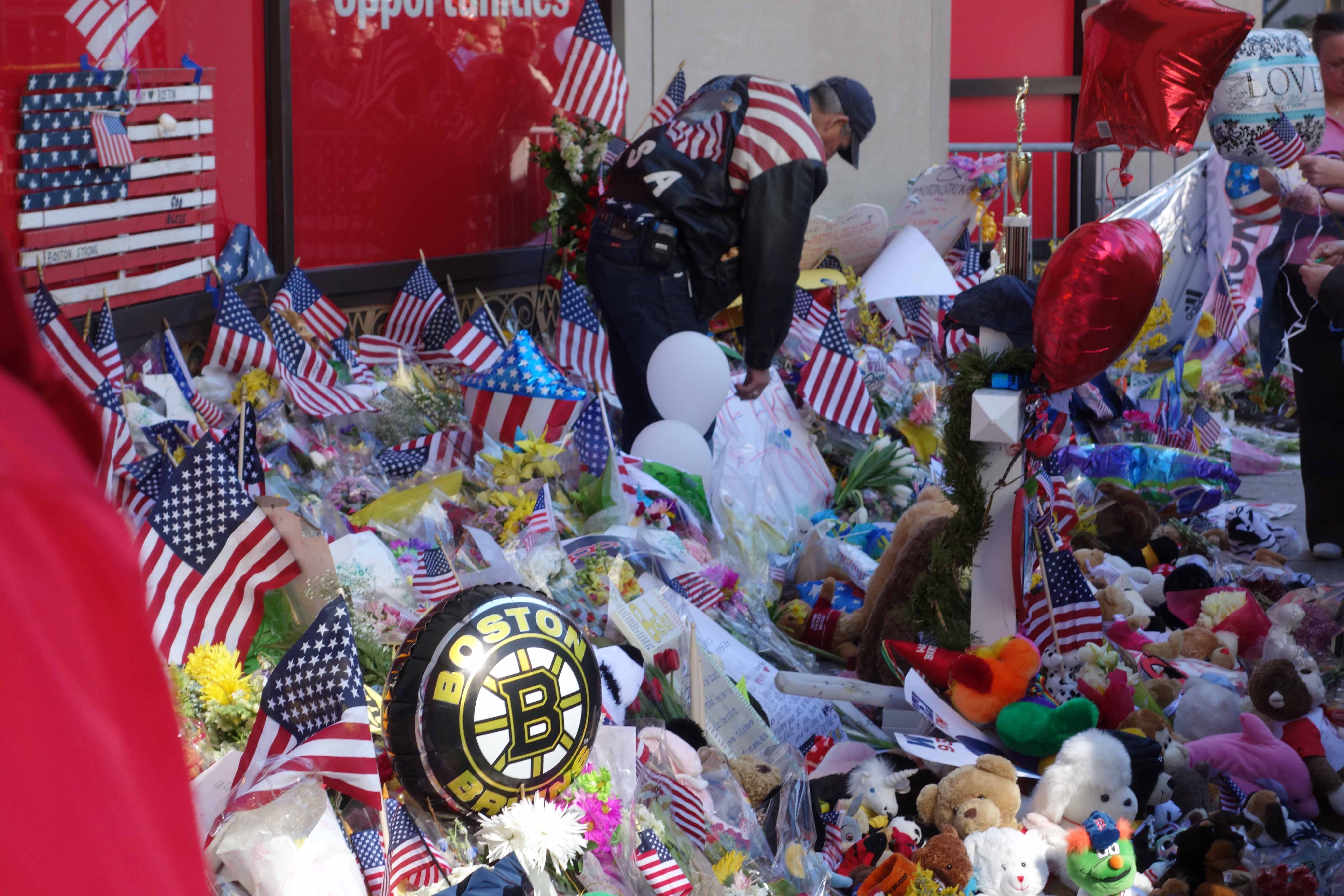 Perversion of the wholesome biological process of forming allegiances and personal identities during the late teens and early twenties is the core of the problem. The bombings and robberies committed by the Weather Underground and similar radical groups in the 1970’s are fundamentally no different, except for the political veneer and the less deadly potency of their weapons of terror. Many of the young members of the Weather Underground who committed terrorist bombings and other acts of violence in the early 1970’s went on to live normal and productive lives after being released from incarceration or after living lives as law-abiding fugitives for decades. What is different now is that the gangs have grown from local neighborhoods and pockets of radicals to become world-wide in scope, drawing the most vulnerable and compliant into the domain of the most evil among us on the planet. In the past the nucleus of the gang would have been the meanest person on the block, today it is the worst criminals on the entire globe.
Perversion of the wholesome biological process of forming allegiances and personal identities during the late teens and early twenties is the core of the problem. The bombings and robberies committed by the Weather Underground and similar radical groups in the 1970’s are fundamentally no different, except for the political veneer and the less deadly potency of their weapons of terror. Many of the young members of the Weather Underground who committed terrorist bombings and other acts of violence in the early 1970’s went on to live normal and productive lives after being released from incarceration or after living lives as law-abiding fugitives for decades. What is different now is that the gangs have grown from local neighborhoods and pockets of radicals to become world-wide in scope, drawing the most vulnerable and compliant into the domain of the most evil among us on the planet. In the past the nucleus of the gang would have been the meanest person on the block, today it is the worst criminals on the entire globe.
 The intentions of those drawn to violence against society have not changed, but the global torrent of instant electronic information has multiplied the capability for destruction and terror, making the criminal acts far more dangerous. The radicals of the 1970’s were amateurs, but today video instruction on bomb-making is available over the internet to anyone. The ease of international travel enables a disgruntled young person to receive first-hand instruction on making and deploying horrific devices of mass destruction for the price of a plane ticket.
The intentions of those drawn to violence against society have not changed, but the global torrent of instant electronic information has multiplied the capability for destruction and terror, making the criminal acts far more dangerous. The radicals of the 1970’s were amateurs, but today video instruction on bomb-making is available over the internet to anyone. The ease of international travel enables a disgruntled young person to receive first-hand instruction on making and deploying horrific devices of mass destruction for the price of a plane ticket.
But there have been other changes. In the 1970’s we had little hope of understanding the neurobiology gone awry in adolescents who become gang members and criminals. Today there is more than hope; there is data. New information and new methods of brain imaging are nurturing a new field of social neuroscience, which seeks to understand how the brain controls social interactions and conversely, how these interactions affect the brain. In the past, such questions in brain science could only be tentatively approached through animal studies, a feeble approximation of complex human nature and the unparalleled capacity of the human brain. Today we can see inside a person’s brain at work. We can see the malformations in brain structure that make it difficult for some people with certain developmental disorders to interact socially. We can see how environmental experience in early life augments or undermines normal development of brain circuits that control social interactions, emotion, aggression, propensity to violence, and  empathy. Brain systems that motivate humans to form emotional bonds are being discovered and probed. Many of these circuits of social bonding interact with motivational systems in the brain. Circuits involved in fear, novelty seeking, and modifying behavior based on negative events are influenced by experiences while the brain is forming–now understood to continue actively through the first 20 years of life. Altered development of these reward circuits can lead to increased aggressiveness, diminished fear and anxiety. In the absence of adequate rewarding interpersonal relationships and bonding to societal and cultural values, alternative means of stimulating reward pathways in the brain are often substituted through sex, aggression, drugs, and by intimidating others. Substance abuse during these critical years when these emotional and social brain networks are forming can have lasting effects that increase the risk of mental illness as adults. Cannabis use in adolescence risks developing schizophrenia as an adult, and the molecular and cellular defects can be reproduced in experimental animals (Anglin et al., 2012).
empathy. Brain systems that motivate humans to form emotional bonds are being discovered and probed. Many of these circuits of social bonding interact with motivational systems in the brain. Circuits involved in fear, novelty seeking, and modifying behavior based on negative events are influenced by experiences while the brain is forming–now understood to continue actively through the first 20 years of life. Altered development of these reward circuits can lead to increased aggressiveness, diminished fear and anxiety. In the absence of adequate rewarding interpersonal relationships and bonding to societal and cultural values, alternative means of stimulating reward pathways in the brain are often substituted through sex, aggression, drugs, and by intimidating others. Substance abuse during these critical years when these emotional and social brain networks are forming can have lasting effects that increase the risk of mental illness as adults. Cannabis use in adolescence risks developing schizophrenia as an adult, and the molecular and cellular defects can be reproduced in experimental animals (Anglin et al., 2012).
Peer rejection in adolescence can lead to depression and leave marks on the brain that can be seen by brain imaging. For a teenager, peer groups are among the most powerful environmental influences. Verbal abuse in middle-school years marks the brain by decreasing connections between the left and right brain (the corpus callosum) leading to psychological problems as adults (Teicher et al., 2010). Neural correlates of impaired emotional processing (Dogan et al, 2013) and the neural basis of moral evaluation can be seen at work inside the human brain (including the medial prefrontal cortex, precuneus, and insula–brain regions implicated in introspective processes ( Englander et al, 2012), as well as brain regions involved in emotion, notably the amygdala). Empathy activates the same brain circuits that process physical pain (Beeny et al., 2011). “Unmet need for social bonding and acceptance early in life might increase emotional allure of groups (gangs, sects) with violent and authoritarian values and leadership,” concludes psychologist Cort Pedersen (2004) who analyzed the biological aspects of social bonding and violence.
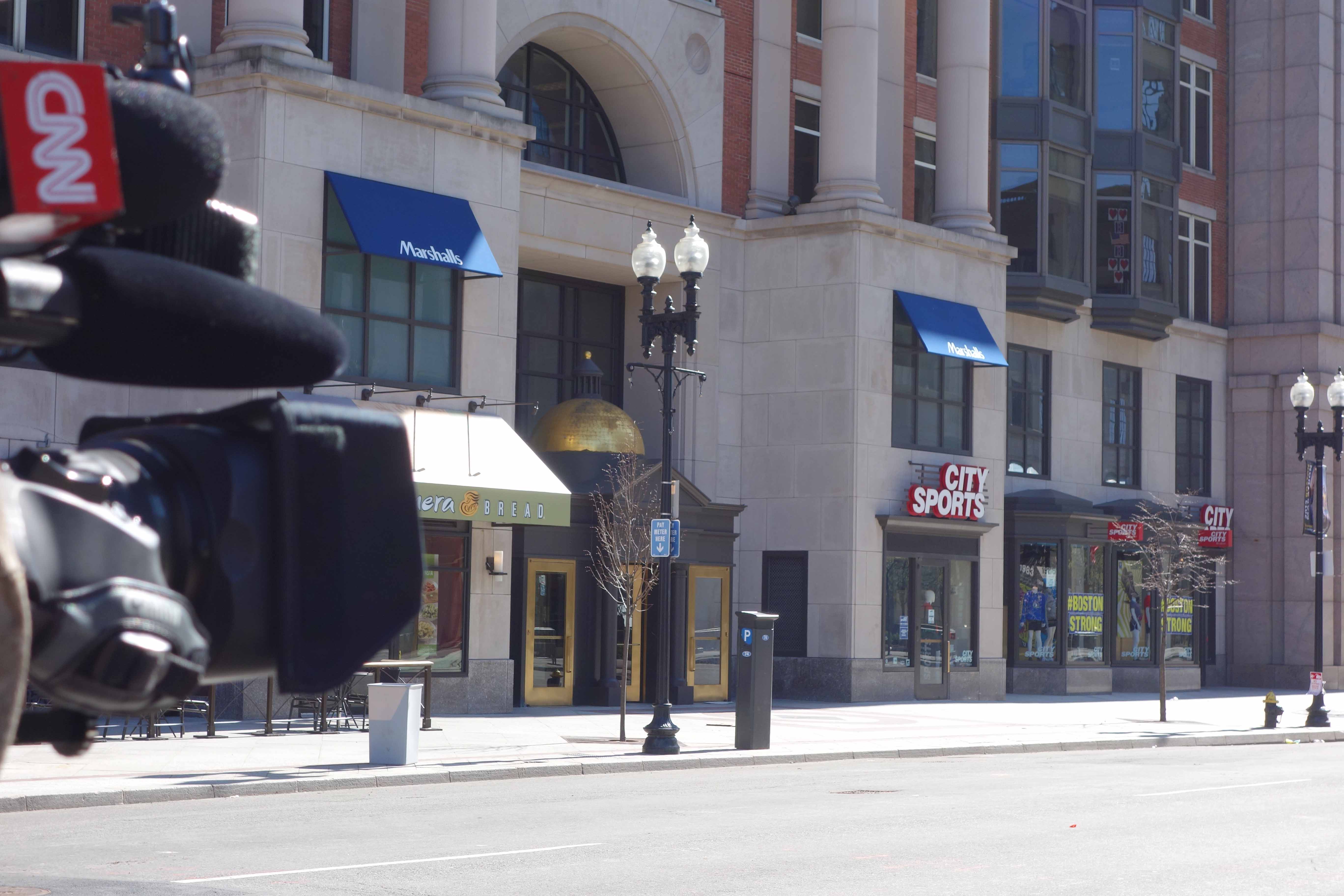 We are only beginning to uncover the neural basis of human behavior, violence, social integration, and how experience forms the brain. Psychiatrists today are like heroic surgeons of the Civil War, desperately working to save lives with the crude and woefully inadequate understanding of the biology involved, but developmental neuroscience is converging with psychology and leading us to biological understanding. None of this scientific insight can excuse the horrible acts of violence–many lives will never be the same and the bombers must face responsibility and justice for what they have done, but this research may help prevent such acts in the future. The function of the brain is to perceive and respond to the environment. Truth be told we don’t begin to understand it, either the brain or the crime in Boston, but we can’t stop trying.
We are only beginning to uncover the neural basis of human behavior, violence, social integration, and how experience forms the brain. Psychiatrists today are like heroic surgeons of the Civil War, desperately working to save lives with the crude and woefully inadequate understanding of the biology involved, but developmental neuroscience is converging with psychology and leading us to biological understanding. None of this scientific insight can excuse the horrible acts of violence–many lives will never be the same and the bombers must face responsibility and justice for what they have done, but this research may help prevent such acts in the future. The function of the brain is to perceive and respond to the environment. Truth be told we don’t begin to understand it, either the brain or the crime in Boston, but we can’t stop trying.
References
Anglin, D.M. (2012) Early cannabis use and schizotypal personality disorder symptmms from adolescence to middle adulthood. Schizophr. Res. 137, 45-9.
Beeney, J.E. et al., (2011) I feel your pain: Emotional closeness modulates neural resonses to empathically experienced rejection. Social Neuroscience, 6, 369-76.
Dogan, I., (2013) Neural correlates of impaired emotion processing in manifest Huntington’s disease. SCAN, in press.
Englander, Z.A et al., (2012) Neural basis of moral elevation demonstrated through inter-subject synchronization of cortical activity during free viewing. Plos One, 7, e39384.
Pedersen, C.A.. (2004) Biological aspects of social bonding and the roots of human violence. Ann. N.Y. Acad. Sci. 1036, 106-127.
Teicher, M.H. et al, (2010) Hurtful words: association of exposure to peer verbal abuse with elevated psychiatric symptom scores and corpus callosum abnormalities. Am. J. Psychiatry 167, 1464-71
